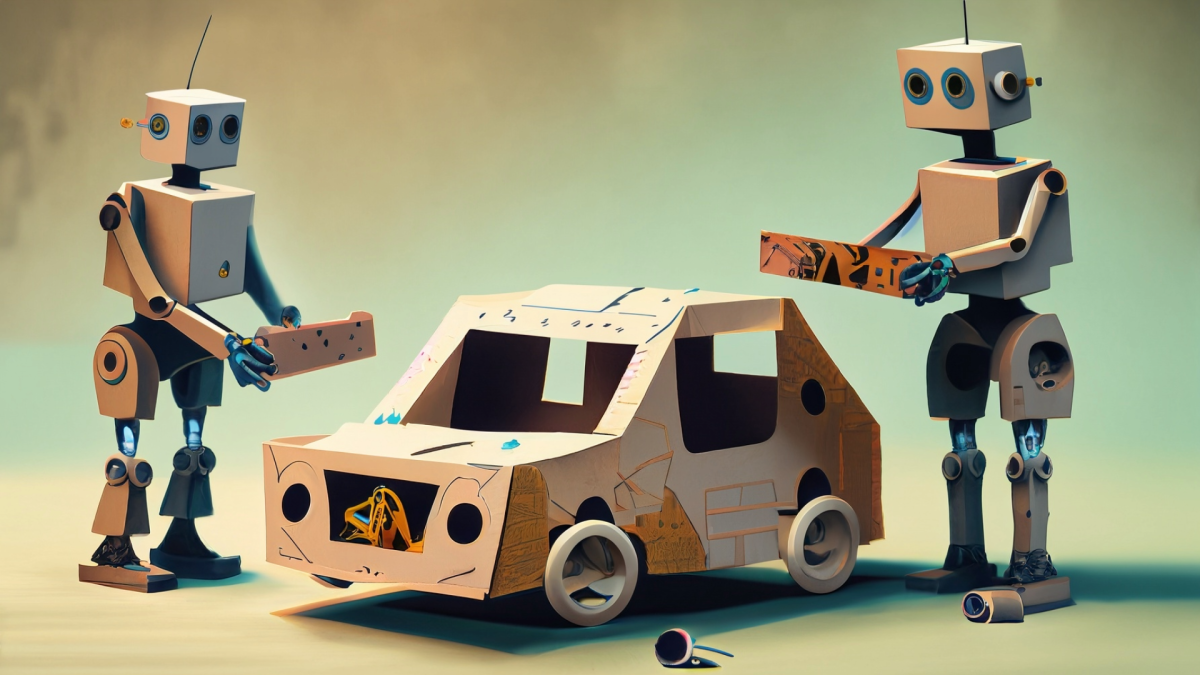
This is the first lesson of a 4 part roller coaster project for 6th graders. In this lesson, students will learn about potential, kinetic and mechanical energy, as well as the law of conservation of

This is the first lesson of a 4 part roller coaster project for 6th graders. In this lesson, students will learn about potential, kinetic and mechanical energy, as well as the law of conservation of

This lesson shows how to make an electric car using a small motor and battery. Students created a car, attached a battery and on/off switch, and collected data. The data collection sheet is included

This lesson is an introduction to circuits. It teaches about what is a circuit and then applies what they learned in a variety of ways through centers. Then, they will apply what they learned about
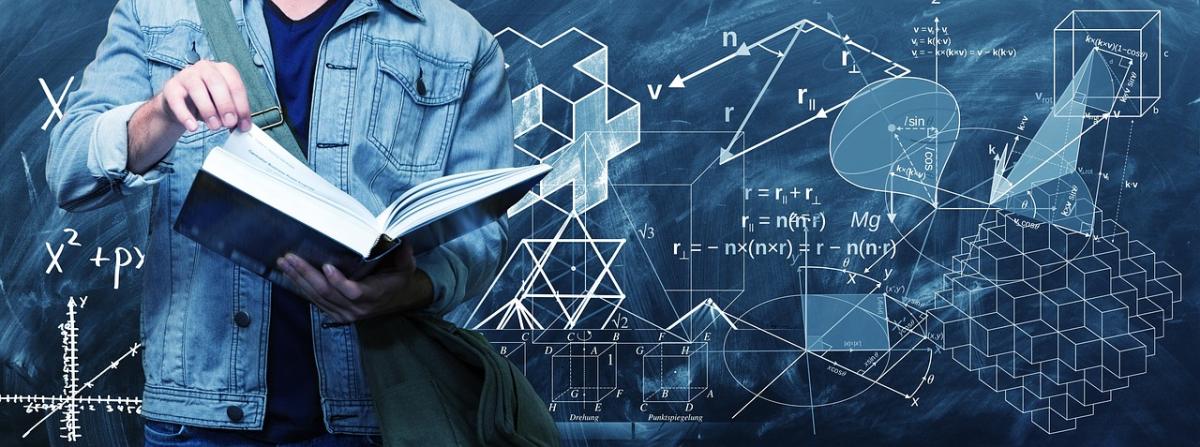
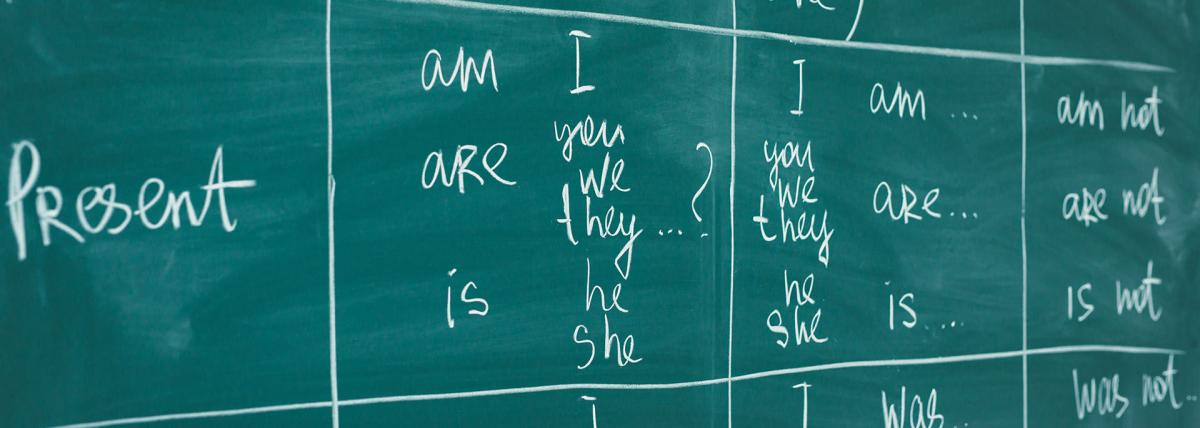
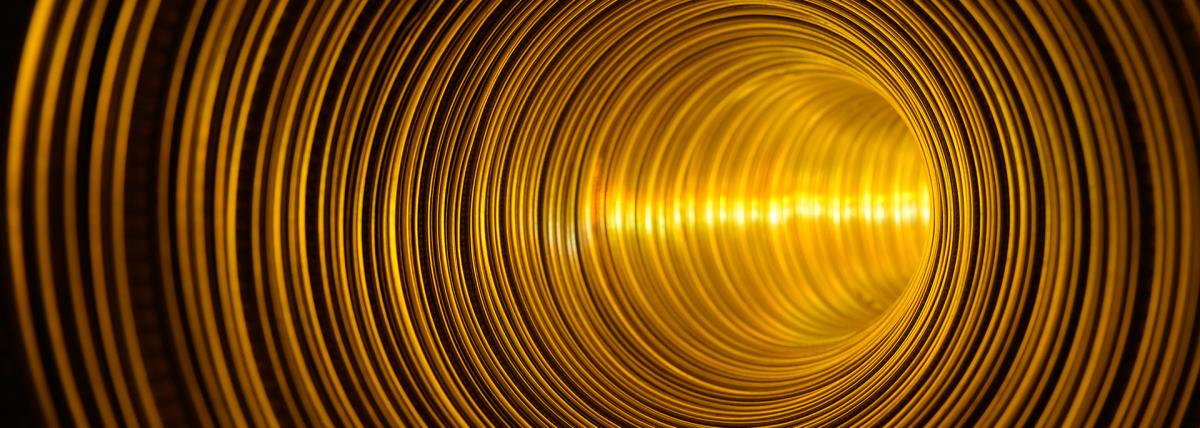
Students will create a Google slideshow presentation to document their progress through the engineering design process, which includes: researching the science of sound, then creating an instrument

Students will have fun building and testing with KidSpark observing and calculating forces such as load and effort.
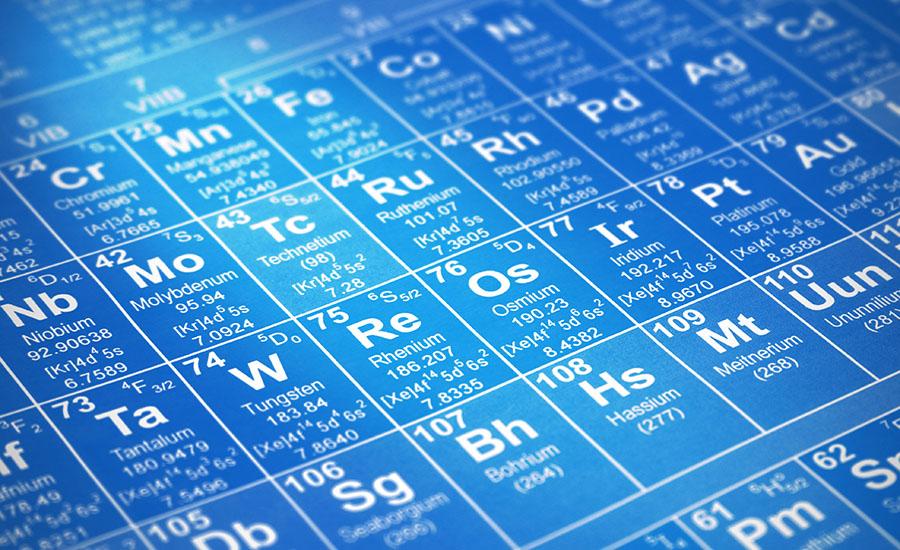
After learning about emission spectra, electron energy levels, orbitals and configurations, and periodic trends for atomic radius and ionization energy; this is concluding activity that require

This is a phenomena-based introduction to how emission spectra of elements and the connection to electrons and energy levels. Students first get to explore the emission spectra of several gases using